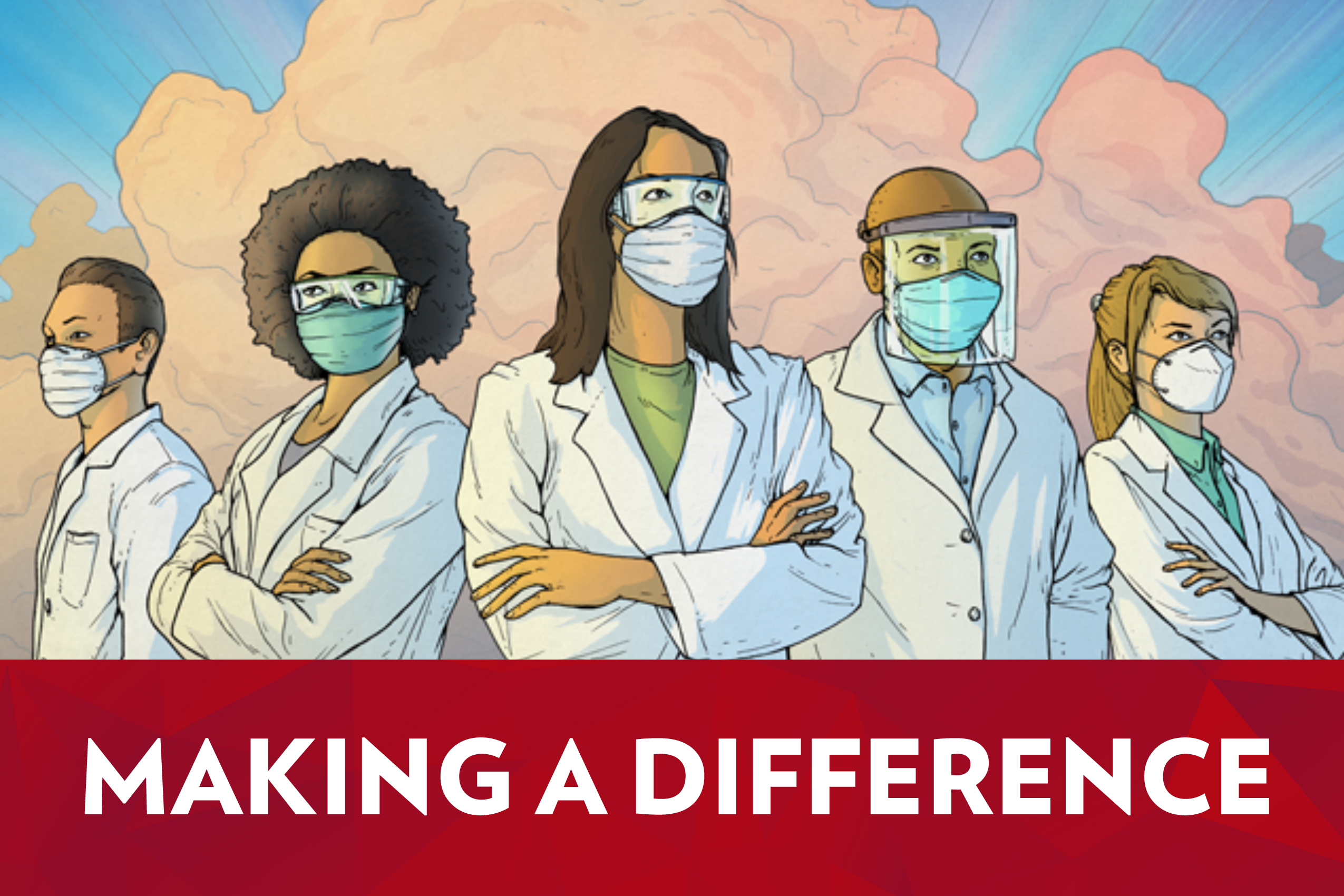
Every year during Medical Laboratory Professionals Week, we are reminded that 70 percent of “today’s medical decisions depend on laboratory test results.” Medical Laboratory Professionals get the results that make an impact on patient care. How lab test results are interpreted is another story that does not often appear in discussions surrounding this statistic. Having more discussions on the interpretations of lab test results is an issue occupying the foremost concern and attention for many laboratory professionals. Such an issue has certainly received more focus with the release of key reports in professional journals and their coverage by industry media within the past 7 years. In response to the Institute of Medicine’s 2015 report Improving Diagnosis in Health Care, everything from doctoral programs to informational, on-the-job handouts, have been produced to address the interpretation of results with the following solution: enhance the role of the clinical laboratorian on the patient care team. Enhancing the role of clinical laboratorians, with the knowledge, skills, and abilities that they bring, is vital in providing the most informed diagnosis. The kind of problem-solving strategies developed to enhance our role demonstrates that education is at the core of the solution, educating ourselves and educating our colleagues outside of the lab. The solutions that manifest always result in a more highly collaborative team of healthcare professionals.
In 2015, the Institute of Medicine released a report, Improving Diagnosis in Health Care, stating that diagnostic errors affect 5% of US adults seeking outpatient care each year, and contribute to approximately 10% of patient deaths and 6% to 17% of hospital adverse events. The report indicated that diagnostic errors cause patient harm, and attributed the statistical occurrences to a gap in communication between physicians and laboratory professionals. Increasing intentional collaboration is required in order to close the gap, and, ultimately improve the diagnostic process, the report concluded. Not long before the release of this report, the Center for Disease Control and Prevention (CDC)’s Clinical Laboratory Integration into Healthcare Collaborative (CLIHC) conducted a survey to determine the strategies necessary to address this gap in communication. In the survey, family and general internal medicine physicians reported uncertainty in ordering diagnostic tests in 14.7% of patient encounters and 8.3% uncertainty in interpreting results. The survey also found that only 6% of the physicians surveyed consult laboratory professionals at least once a week or daily. In fact, this was the least frequently reported approach to discerning what test to order and how to interpret the test results. Those 6% who did contact laboratory professionals indicated that it was in response to “confusing ordering options on the computer/electronic medical record” or, “when the lab results do not match the patient symptoms.” It is clear from these statistics that uniting the laboratory with direct patient care is a key component in improving the diagnostic process.
How do we work together to minimize the occurrence of misdiagnosis? Researchers, educators, and others in the field know that the role of the laboratory professional and the knowledge of laboratory science is a vital component on healthcare teams to improve diagnosis. According to the February 2017 issue of Laboratory Medicine, “Some laboratory professionals have become an important member of the clinical team by providing interpretive comments, developing reflex testing programs, and participating on multidisciplinary and diagnostic management teams.” Certainly the creation of the Doctorate in Clinical Laboratory Science (DCLS) program within the past decade has enhanced the role of clinical laboratory scientists on diagnostic management teams (DMTs) today.
Brandy Gunsolus, DCLS, MLS (ASCP)CM, was the first graduate of a DCLS program, graduating from Rutgers University in May 2018. Gunsolus documented her training and her thoughts from the field as a DMT leader in her blog, The Road To DCLS. Here she frequently writes about what many laboratory professionals wonder: what kinds of questions do physicians ask her? She answers that some of those questions may be highly complex, requiring more training on the part of lab staff. However, she says she also answers many questions that “virtually every medical laboratory professional should be able to answer.” Regardless of your official job title in the lab, Gunsolus emphasizes the importance of obtaining CEUs, as they are “essential to us staying current in our profession.” There are excellent online CEUs as well as those offered in-person conferences, like those offered at the ASCLS Joint Annual Meeting. Regarding online resources, WSLH Proficiency Testing, in partnership with the University of Washington’s Medical Training Solutions (MTS), offers customizable online training and competency courses to help labs achieve professional development goals.
“Education is always the key!” Gunsolus says on the importance of including laboratory professionals on healthcare teams. “We must educate ourselves and educate our other healthcare professionals if we are ever going to improve our profession and our patient’s care and safety.”
A brief and compelling look at a few key statistics give us a helpful snapshot of the current climate of laboratory and patient care staff relations. A deeper look at what is being done today will further demonstrate that healthcare teams must work with and include laboratory professionals in order to improve and maintain accurate and reliable patient diagnoses. Stories of today’s clinical lab trailblazers like provide a unique vantage point regarding what is required to develop mutually-informed, highly collaborative diagnostic teams. Education is required, and takes a two-pronged approach: 1) Educate Others: Include laboratory staff as knowledge-sharers and team members in patient care delivery, and 2) Educate Yourself: Strive to obtain CEUs regularly, and find other professional development opportunities to stay current. Enhancing the role of the clinical laboratorian in the diagnostic process and on patient care teams will, in turn, greatly impact our visibility to the public as a healthcare professional and as a viable career choice. Laboratory professionals get results each and every day. In honor of your important contributions to healthcare, WSLH Proficiency Testing would like to take this moment to thank each and every one of you for all you do to make a difference.

